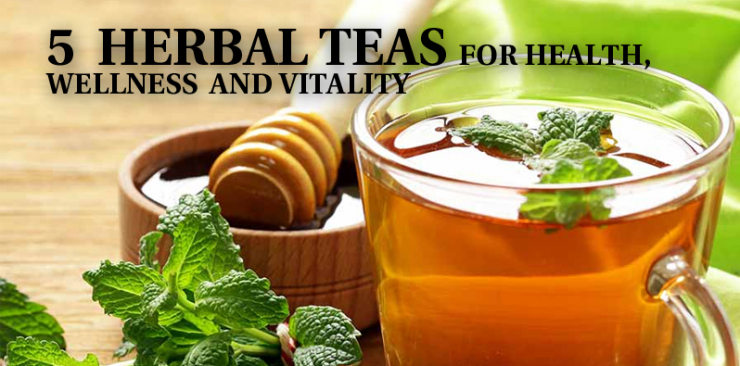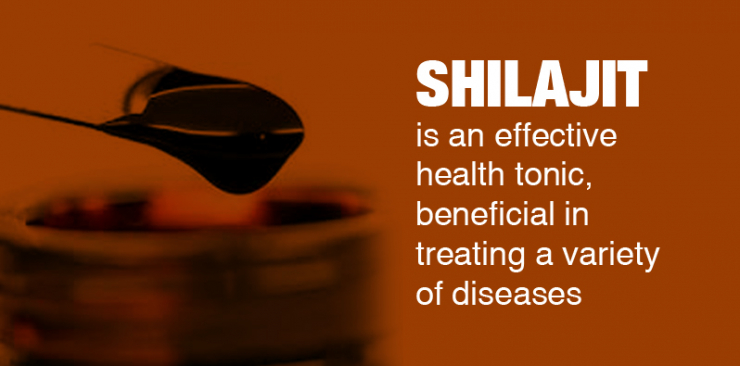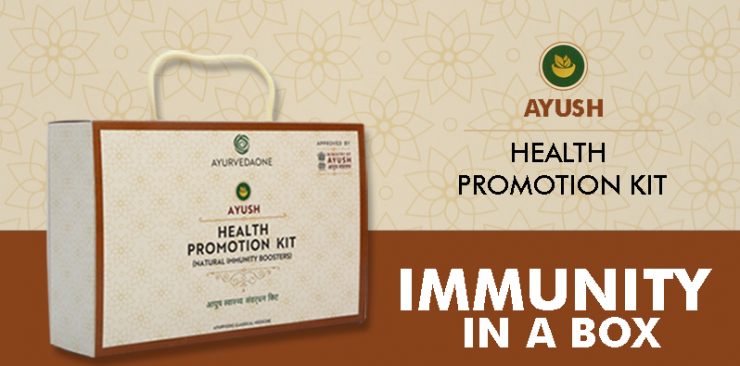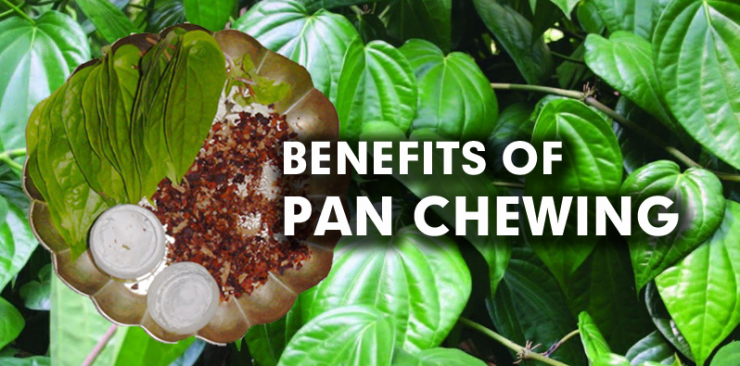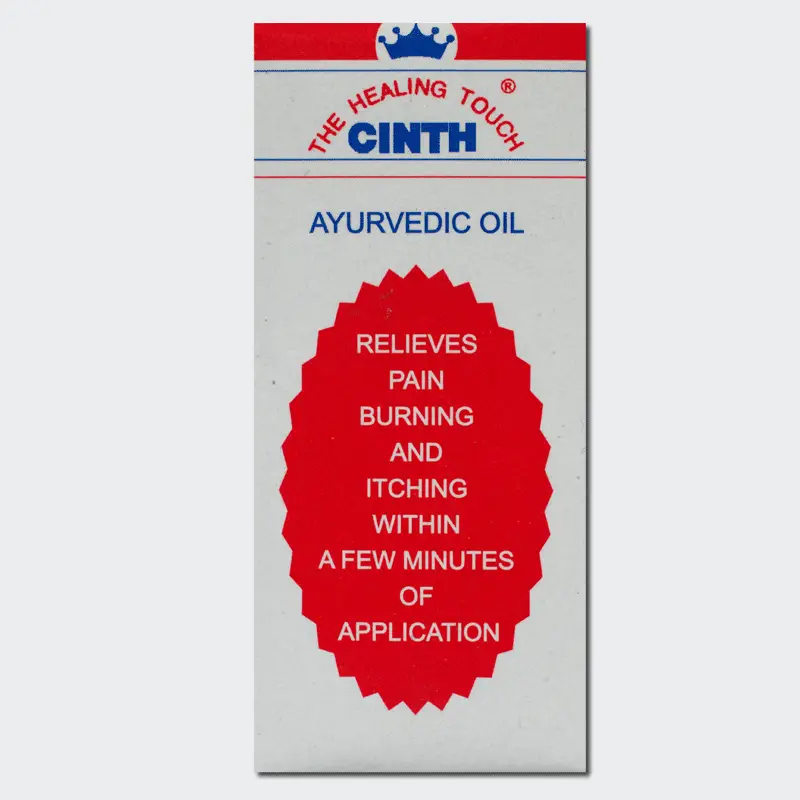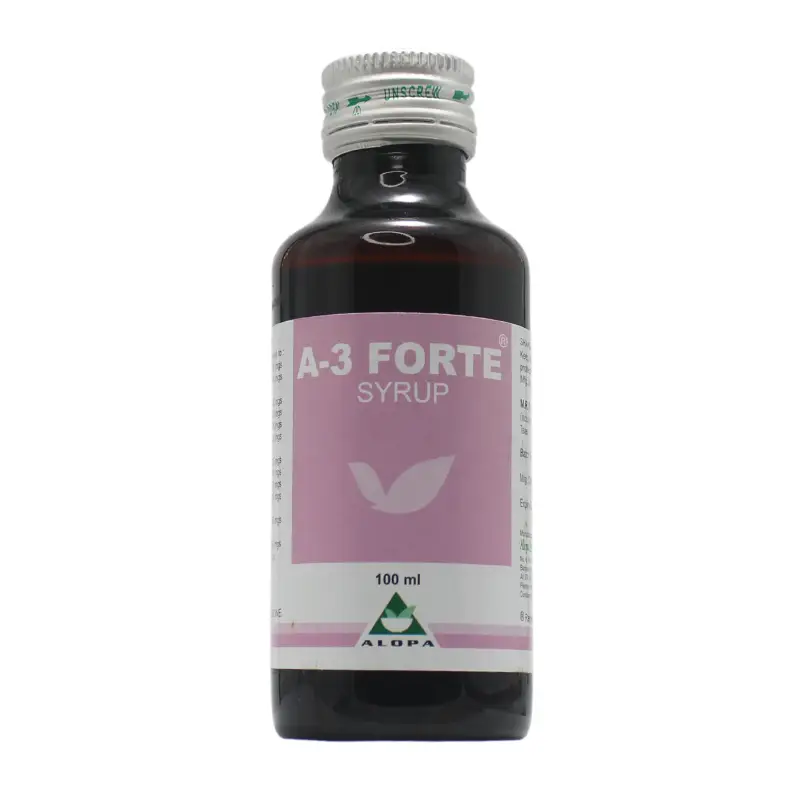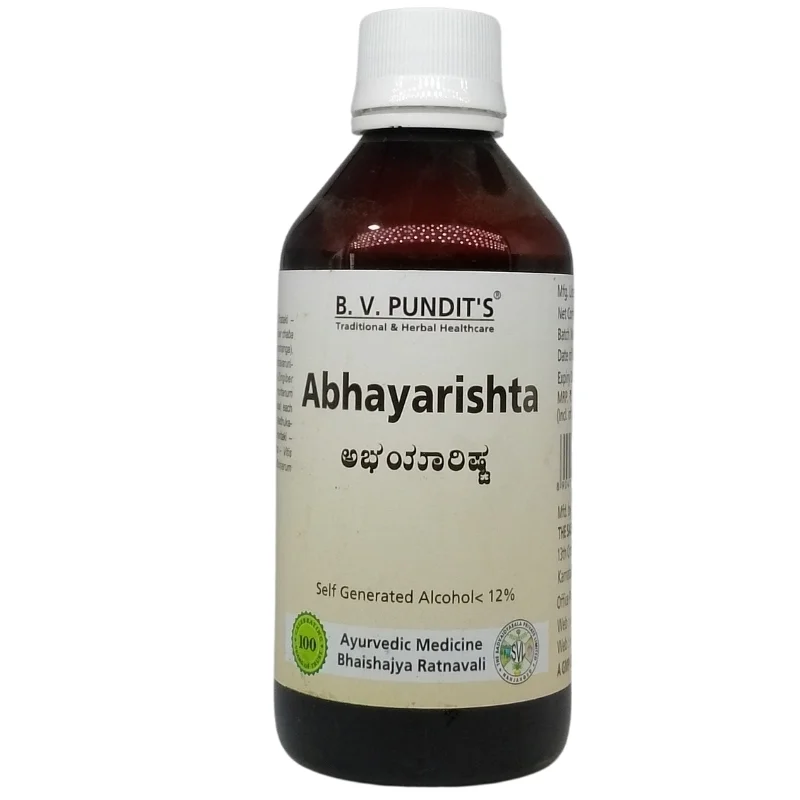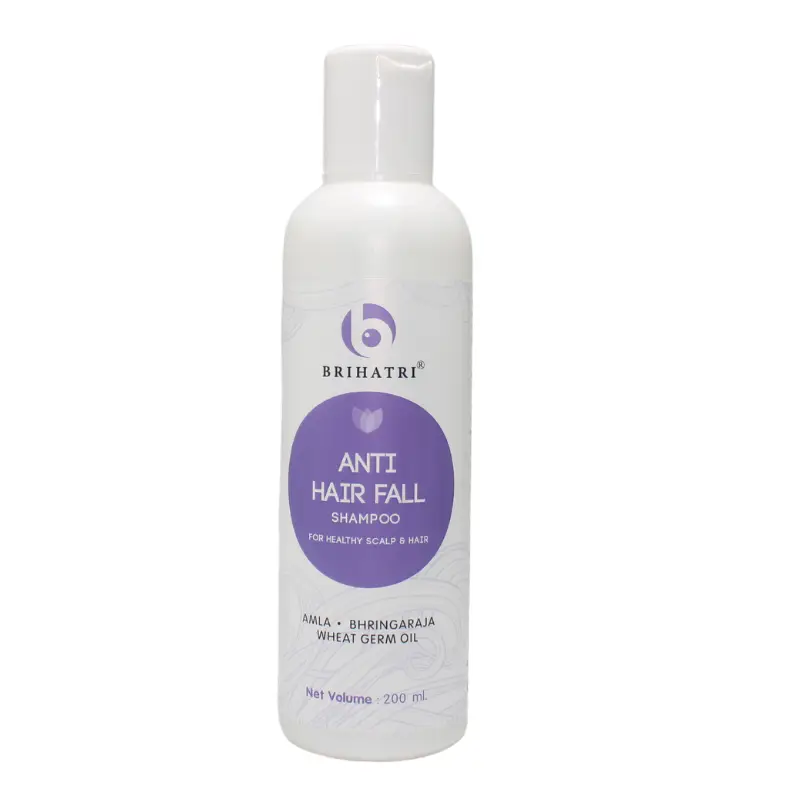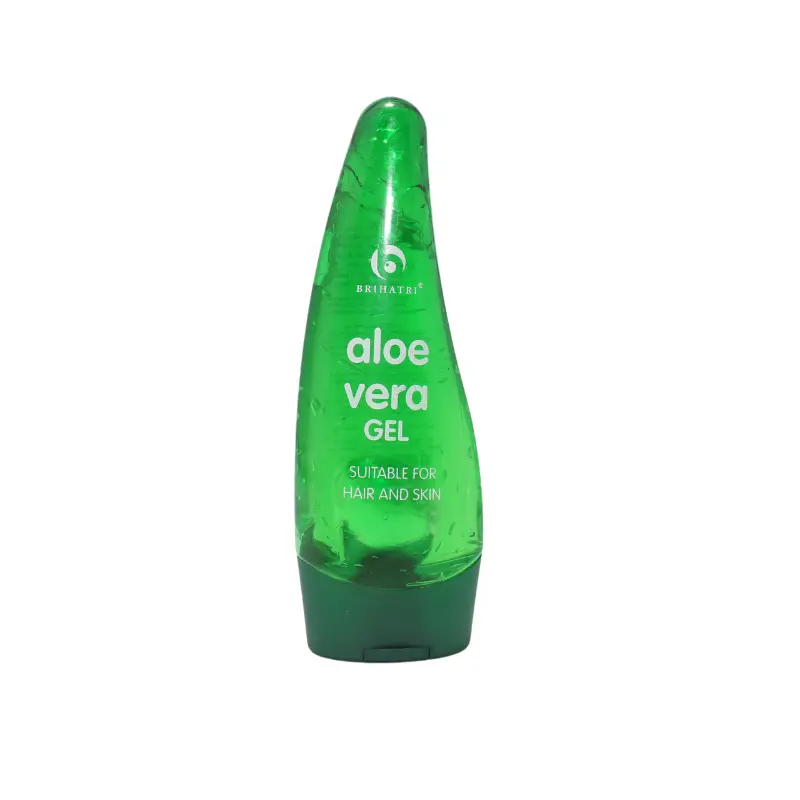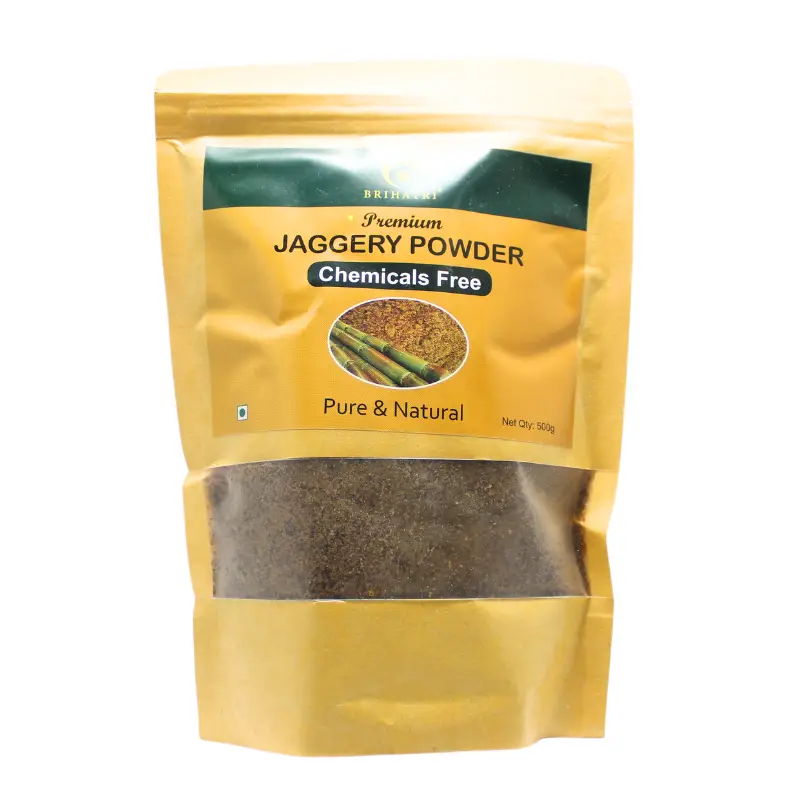Noni juice is packed with potent antioxidants and provides several health benefits
Noni juice is a healthy drink derived from the fruit of the Morinda citrifolia tree. Mainly found in Southeast Asia, especially in Polynesia, this tree grows among lava flows. Noni fruit, popularly known as Indian Mulberry, is a yellow mango-sized fruit, which is bitter in taste and has a foul odour. In ancient times, Polynesian people used noni in medicines due to its medicinal properties, which boosts the immune system and helps in detoxification. This magical drink is known for its health benefits, especially for treating infections, pain, arthritis, and constipation.
Nutritional content of noni juice
Nutritional content of noni juice vary from brand to brand. According to a study that analyzed 177 brands that manufactured noni juice, every brand differed in their nutritional contents. Many brands use fruit juices and added sweeteners with noni juice to cover up its bitter taste and foul odour.
Health benefits
Noni juice, a wonder food, is packed with potent antioxidants and provides several health benefits. Noni fruit is known to be rich in antioxidants, vitamin C, vitamin B3, vitamin A and iron.
Helps to lower risk of heart diseases and diabetes: Noni juice contains powerful antioxidants. As a result, it can prevent cellular damage caused by molecules called free radicals. Our body requires a healthy balance of antioxidants and free radicals to maintain good health. Noni juice contains antioxidants such as beta carotene, iridoids, and vitamins C and E. Studies suggest that the antioxidants found in noni juice helps to lower the risk of chronic conditions like heart diseases and diabetes.
CLICK HERE TO BUY NONI JUICE….!!!
Reduces damage from tobacco smoke: Noni juice is said to reduce cellular damage caused by tobacco smoking. When we are exposed to tobacco smoke, it generates dangerous amounts of free radicals. Excessive amount of free radicals cause cellular damage and lead to oxidative stress, which may even cause cancer. Consuming noni juice rich in antioxidants may reduce oxidative stress. Noni juice also reduces levels of cancer-causing chemicals, which we get from tobacco smokers. However, noni juice does not get rid of all the negative effects of tobacco.
Improves immune system: Studies have found that noni juice may support immune health. It is rich in vitamin C, which helps us build our immune system by protecting our cells from damages caused by free radicals and environmental toxins. Other antioxidants present in noni juice like beta carotene is also know to improve immune health. Its anti-bacterial, anti-fungal, anti-inflammatory and anti-histamine properties also help to boost immunity.
Improves endurance during exercise: It is said that Noni juice may improve physical endurance. Studies indicate positive effects of drinking noni juice during exercise. It can also help in fighting fatigue due to the presence of antioxidants, which reduces the damage to muscle tissue that occurs during exercise.
Relieves arthritis pain: Noni fruit has been used in medicines for its pain-relieving effects. Studies have supported this benefit. It relieves pain, particularly severe arthritis pain, which is caused due to increased inflammation and oxidative stress. Studies have indicated that noni juice reduces inflammation and combats free radicals.
Lowers risk of gout: Studies have found that noni juice can reduce uric acid in the blood, thus it can lower the risk of gout. Gout is a kind of arthritis that leads to acute pain in joints. It is caused by building-up of uric acid crystals in the joint.
Treats fever: Due to its antiviral properties, noni juice was used in traditional medicines. It is known to treat cold, cough, fever and body ache.
POSSIBLE SIDE EFFECTS
Despite having several major health benefits, there is some debate regarding the safety of noni juice for medical uses. While it is safe when consumed as a beverage, there are some concerns that overuse of noni juice or its extract may cause harm to the liver. Noni plant is found to contain anthraquinones—compounds found to be toxic to the liver. There are confirmed reports of liver illness including hepatitis and liver failure that have been attributed to consumption of noni fruit.





